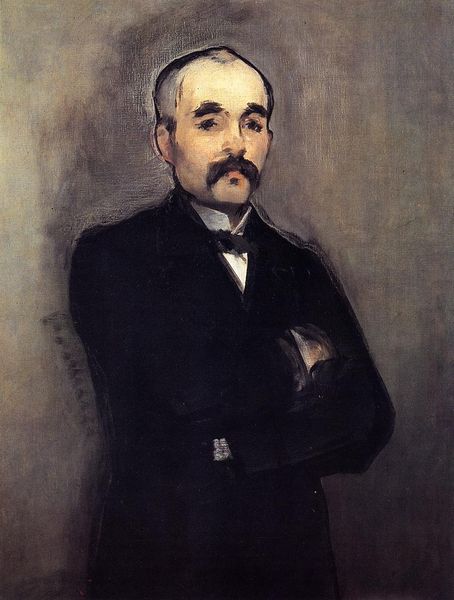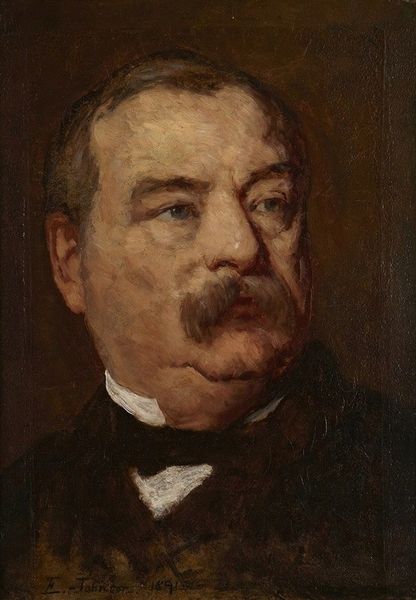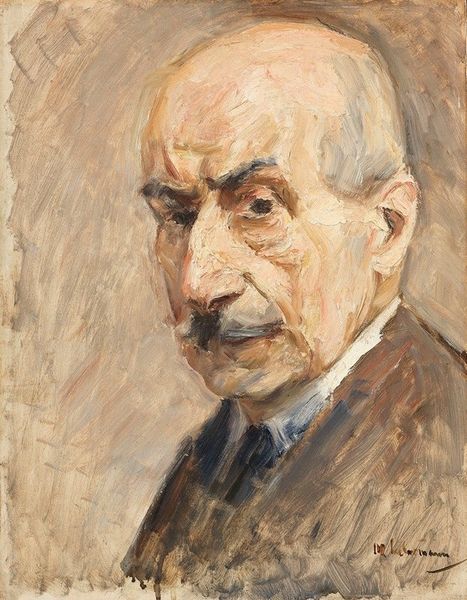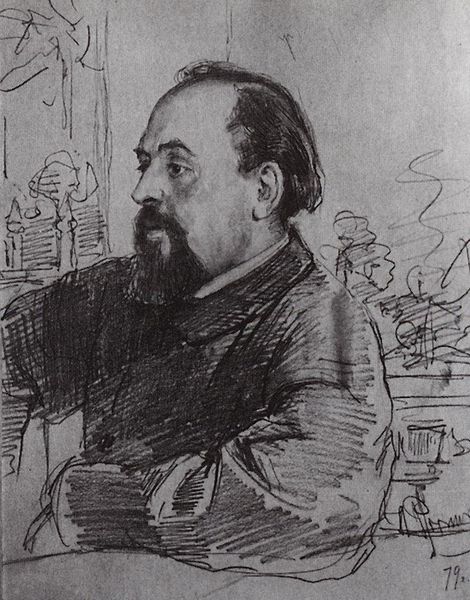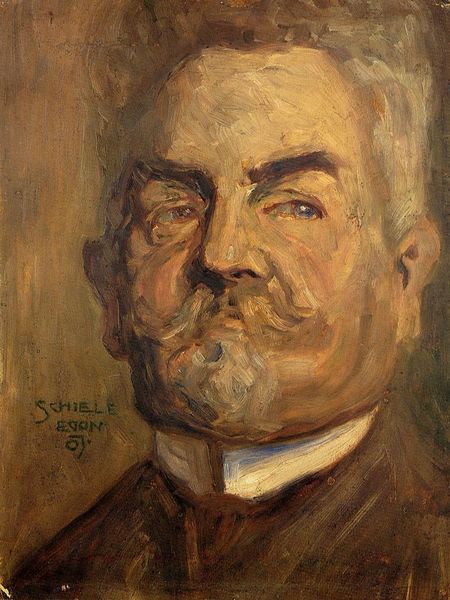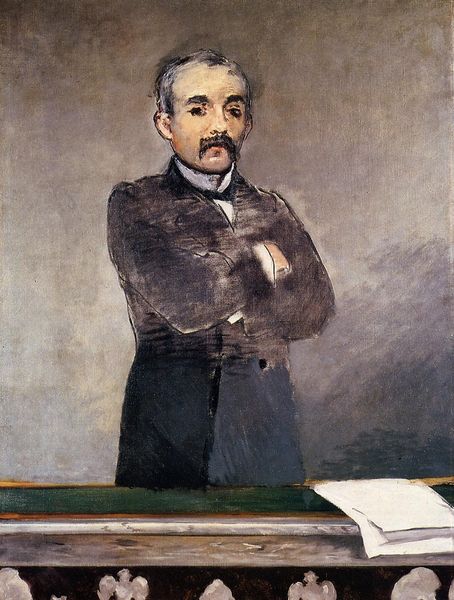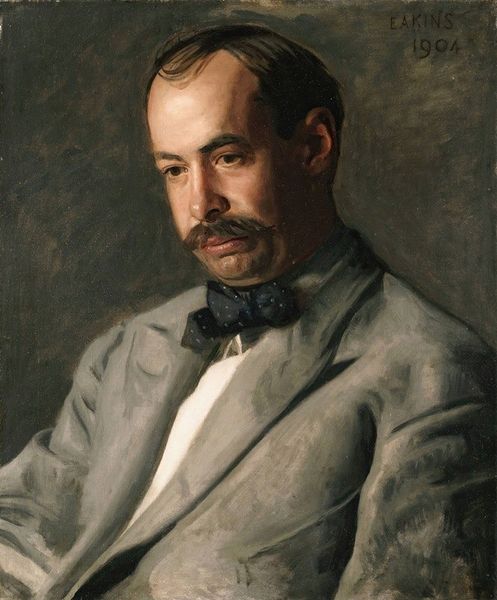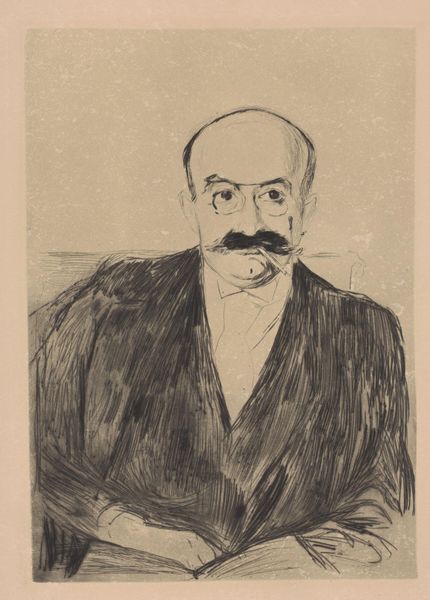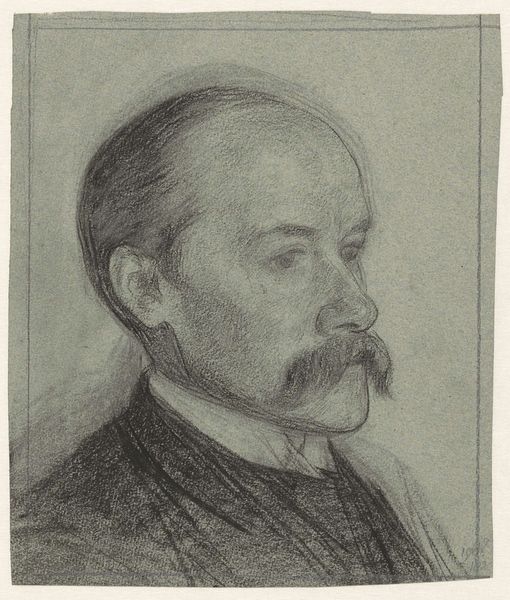
painting, oil-paint
#
portrait
#
painting
#
impressionism
#
oil-paint
#
figuration
#
oil painting
#
modernism
Copyright: Public domain
Curator: Standing before us is Édouard Manet's "The Painter of Animals," an oil on canvas portrait created in 1882. It's currently held in a private collection. Editor: There's an immediacy here, despite the subject's formal attire. It's not quite finished, is it? More a study, almost a sketch, even if it is oil. Curator: It certainly possesses that modern sensibility. It seems Manet wasn’t overly concerned with achieving a photographic likeness, but in capturing something about the man’s character through gesture and expression. It’s evocative and ambiguous, which resonates profoundly with its cultural impact, I believe. Editor: Indeed. It’s not just about representation; it feels more like a distillation. Consider the soft floral background, so unlike the dark tones of the jacket. Almost like the outside world pressing in on him, on his self-imposed, cultivated persona. Curator: The floral motif seems like an intriguing counterpoint to the sitter’s rather solemn countenance, perhaps hinting at a softer, more approachable persona beneath his cultivated exterior. The question that springs to my mind is whether the choice of flowers holds symbolic weight, something related to the sitter’s profession or interests. Are they representative of specific animals? Is this painting just another piece or Manet finding continuity, maybe the link between domestic and 'wild' life, which reflects an ongoing debate in late 19th century French society, for example. Editor: Potentially, the soft background alludes to the changing social perception of animals at that moment, too? One could even see it as Manet subtly commenting on humanity’s relationship with the natural world—placing 'the animal painter' amidst the domestic or the controlled wilderness, perhaps. This all feeds into this moment's broader impressionist fascination with fleeting moments, rather than stark, concrete representations. Curator: So, while at first glance, the work might appear as a conventional portrait of a well-to-do gentleman, it is imbued with symbolism, suggesting a far deeper contemplation on Manet’s part regarding this individual’s role and identity. It certainly offers a lens through which we can interpret societal tensions between man and the natural world in late 19th century France. Editor: Absolutely. A compelling piece that pushes the boundaries of what a portrait can convey beyond mere surface appearance. Curator: A reminder that visual imagery is a potent tool for shaping societal understanding and perception, even when seemingly depicting everyday realities. Editor: Well said!
Comments
No comments
Be the first to comment and join the conversation on the ultimate creative platform.
